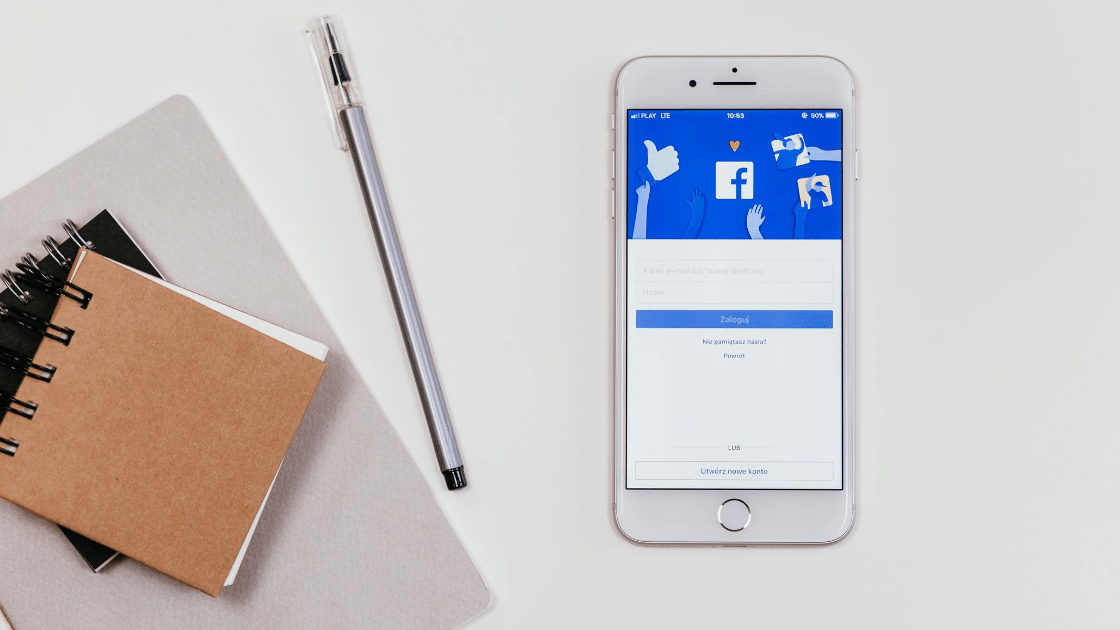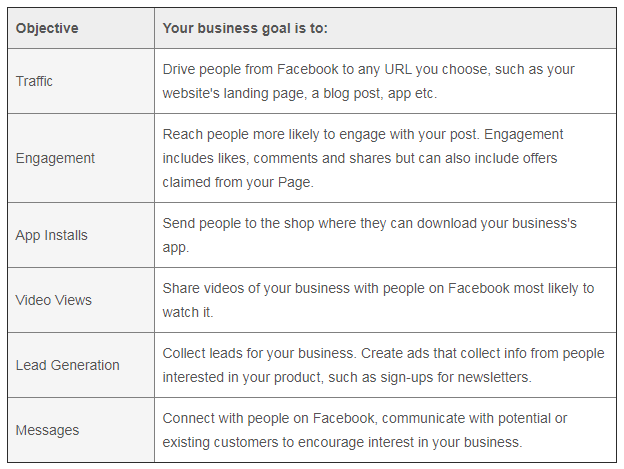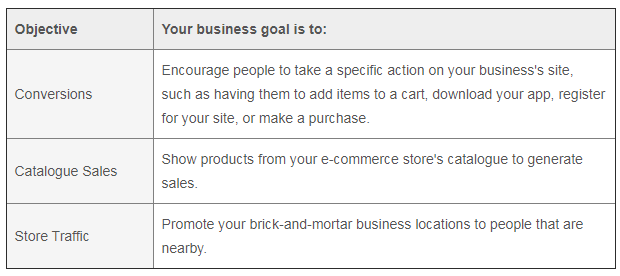
Facebook Ad Objectives 101
1.62 billion people log into Facebook every day. Its reach, scale and influence make it a valuable marketing tool. Despite the speculation that the social media giant is on its way out, Facebook continues to generate the most solid returns of all the social media platforms. The best part is that creating Facebook ads is relatively cheap, and relatively easy. However, if you want the campaign to be successful, you need to put in some ground work before scheduling anything. The first step is to define your Facebook ad objectives.
Creating an ad without an objective is like flying a jet in a blindfold. If you don’t know what it’s aiming to achieve, how is it going to get you the results you need? To figure out your ad objective, think about your business, and what problem you’re trying to solve. Are you trying to increase your visibility? Do you want to gain more followers? Perhaps you’re trying to increase your subscriber count. Whatever your goal, there are ways to use Facebook ads to achieve it. In fact, its highly-sophisticated technology has built-in settings that allow you to specify your advertising objective.
But simply selecting a setting doesn’t guarantee that your campaign will be successful. You need to work with Facebook’s algorithm to achieve great results, adjusting your content to align with its objectives. To help you to understand how to optimise your Facebook ads to conquer a specific objective, we’ve broken down Facebook Ad Manager’s three objective categories: awareness, consideration and conversion. Each of these also has its own subcategories. When choosing your category, you need to think about where people are in your sales funnel. Let’s dig a little deeper into each so you can make the most out of your next Facebook campaign.
Awareness
Awareness Facebook ad objectives are considered top funnel objectives, and serve to generate some interest in your offerings. It’s surface-level advertising, and doesn’t stimulate any particular action. You have two options when your objective is set to awareness, and each is defined in the table below, taken from the Facebook website.

Brand Awareness
Brand awareness campaigns are great for businesses who want to increase their visibility. The goal of this setting isn’t necessarily for users to take a certain action. Rather, it will get your brand in front of consumers’ eyes and make an impression. Facebook will show your ad to people who might be interested in your offerings. But if you want the ad to be worthwhile, use the opportunity to tell people who you are. Demonstrate the value of your business, and highlight the consumer problem it can solve. This is how to grab their attention in a meaningful way. This objective will suit larger companies with big budgets who can afford to run a campaign purely based on branding.
Reach
Similar to brand awareness, the goal of this setting is for your ad to be seen by as many members of your target audience as possible. Businesses choose this option if they want to maximise their exposure. Facebook also allows you to control the frequency of your campaign, and you can set the minimum number of days before the same person sees your ad again. This objective is perfect for limited-time offers or for remarketing campaigns. Keep in mind that the reach setting, like brand awareness, doesn’t optimise for conversion or click-through.
Consideration
A mid-funnel setting, consideration campaigns will generate more interest in your brand. Consideration has several sub-categories, displayed in the table below.

Traffic
Select this option if your aim is to drive traffic outside of Facebook, such as to your app, website or online store. Facebook will show your ad to target users that are most likely to click through, based on previous data. This objective is great for promoting your content. Though people may not convert right away under this setting, it’s an initial step in the customer journey. It may also help you to collect personal information and build remarketing lists.
Engagement
Choose this ad objective if you want people to interact with your ad. Facebook allows you to optimise for which type of engagement you want: post likes, page likes or event responses. Under this setting, your ad will be shown to users who are most likely to engage with your ad. This option is great for building and enriching your brand. High engagement is a form of social proof, which is a hugely powerful marketing advantage. It will also expand your remarketing web.
App Installs
If you want to increase the number of people using your app, set this objective for your campaign. This option is suitable for businesses with a strong mobile app that drives conversions, such as an ecommerce app. This setting is also great for newly launched apps, that wants to get as many downloads as possible within its first few days of going live. Make sure to sell the app in the ad, and demonstrate the value it can bring to consumers.
Video Views
Choose this objective if you want to promote video content, but not necessarily for people to click through. Facebook will put this ad on the screens of users most likely to view it. This option will drive engagement, and collect rich retargeting data for future campaigns. It’s also one of the cheapest Facebook advertising settings, so you can achieve great results without blowing your budget.
Lead Generation
Lead generation is great for collecting customer information such as names and contact details. This option will open auto-fill forms that users can populate with their personal details quickly and easily. This valuable data can be used for marketing purposes, such as promotion emails, which have a comparatively high open-rate.
Conversion
This bottom-funnel objective is for when you want users to take a very specific action, whether this is to opt in for marketing emails, register, download or purchase. This is the most popular setting, because it is in alignment with the ultimate goal of every business: to boost conversions. Keep in mind that businesses must have at least 15-25 conversions per week to optimise for conversion. This is just a bare minimum, 50-100 is the ideal number.

Product Catalogue Sales
Use this setting if you have an ecommerce platform and you want to promote its products. The format will usually include an image of the product that allows you to click through to purchase on your website. This setting has sophisticated targeting functionality, with an emphasis on which ads to show to which consumers. This objective is a powerful remarketing tool, and can be used to show users ads for products they have already viewed on your website to keep it fresh in their minds. They can also be used for cross-selling and upselling to customers.
Store Visits
If you want to boost footfall in your physical store, choose this setting. These ads are based on users’ locations, and will be shown to people who live nearby. Because the action takes place offline, these campaigns can be difficult to track.
With so much choice, optimising your Facebook ad campaign can seem a little overwhelming. The most important thing to consider is your business goals, and how you can format your ad to best achieve them.
If need some guidance with Facebook ad objectives, let the experts step in. The team at Elephant in the Boardroom take the time to understand your unique business needs and build a marketing strategy that will get you results. Arrange your free digital health check today and contact us at www.elephantintheboardroom.com.au



